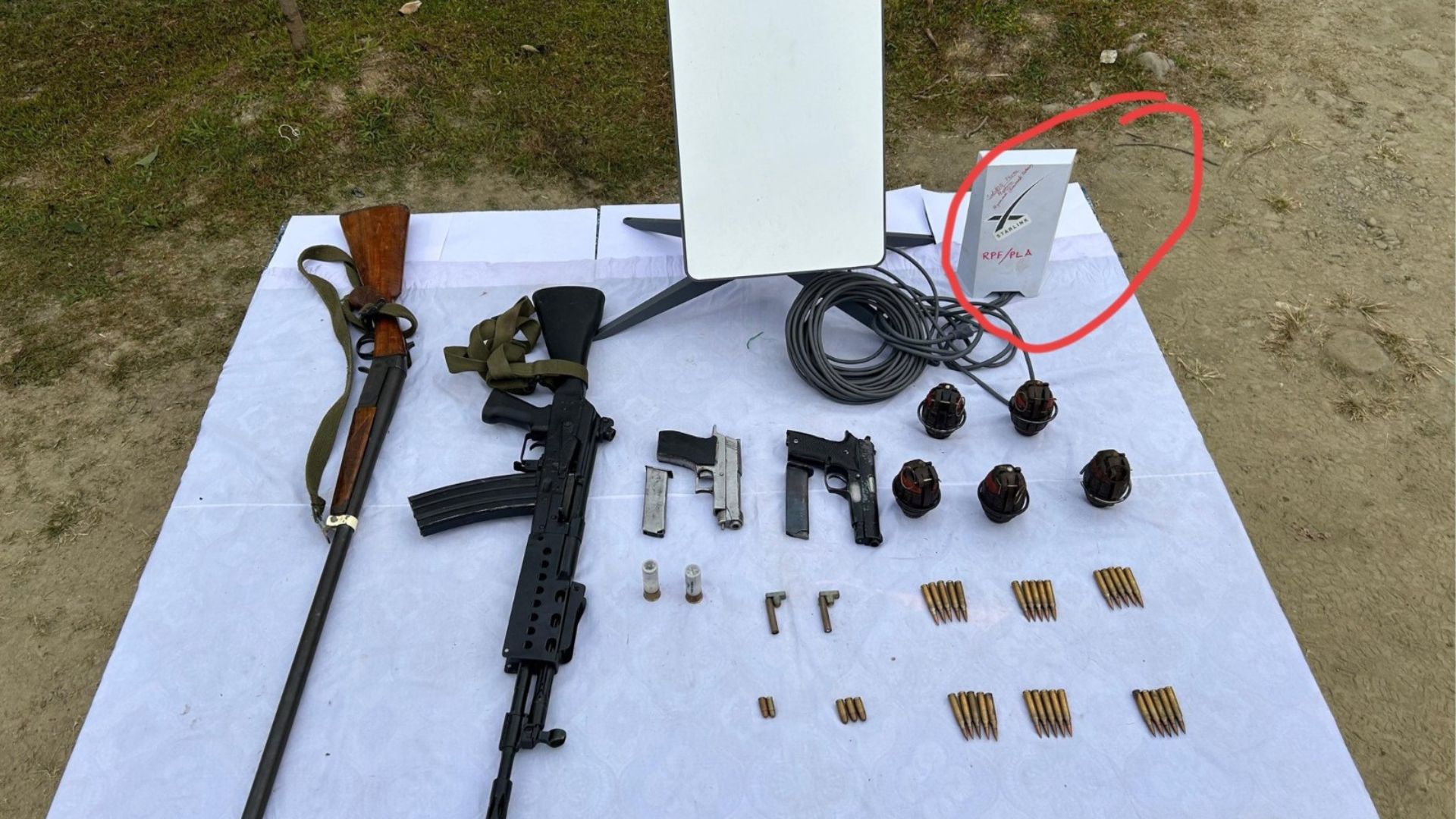
Rare images of the Mashco Piro, an uncontacted Indigenous tribe in the remote Peruvian Amazon, have been released by Survival International. It has captured dozens of the tribe members on the banks of a river near areas where logging companies hold concessions. These sightings have become more frequent as the reclusive tribe appears to be fleeing the increasing presence of loggers, according to Fenamad, a local Indigenous rights group.
The photographs, taken at the end of June, show the Mashco Piro on the banks of a river in the Madre de Dios region of southeastern Peru, near the Brazilian border. Caroline Pearce, director of Survival International, noted the significance of the images, stating, “These incredible images show that a large number of isolated Mashco Piro live alone a few kilometers from where the loggers are about to start their operations.”
In recent days, over 50 Mashco Piro individuals were seen near the Yine village of Monte Salvado, with another group of 17 appearing near the village of Puerto Nuevo, according to Survival International. The Mashco Piro, who live between two natural reserves in Madre de Dios, typically avoid contact with others, including the Yine.
Several logging companies have timber concessions within Mashco Piro territory. One such company, Canales Tahuamanu, has constructed more than 200 kilometers (120 miles) of roads for timber extraction, according to Survival International. Despite requests, a Canales Tahuamanu representative in Lima did not comment. The company is certified by the Forest Stewardship Council and holds 53,000 hectares (130,000 acres) in Madre de Dios for cedar and mahogany extraction.
The Peruvian government reported on June 28 that local residents had spotted Mashco Piro on the Las Piedras River, 150 kilometers from Puerto Maldonado, the capital of Madre de Dios. Rosa Padilha of the Brazilian Catholic bishops’ Indigenous Missionary Council in Acre state mentioned sightings of the Mashco Piro across the border in Brazil. “They flee from loggers on the Peruvian side,” she said, noting that the tribe often appears on beaches to collect tracajá (Amazon turtle) eggs, leaving behind turtle shells and footprints.
Padilha emphasized the constant state of unrest for the Mashco Piro, saying, “They are a people with no peace, restless, because they are always on the run.”
These sightings underscore the ongoing challenges faced by uncontacted tribes in the Amazon, as their traditional lands are increasingly encroached upon by logging and other activities.















